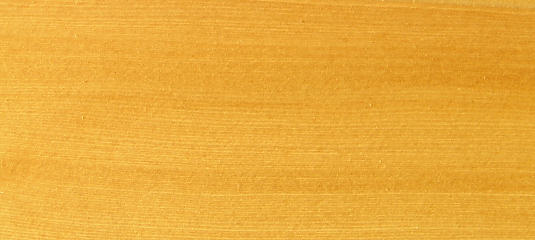
Choosing Wood Species For Carriage Doors: Examining Alaskan Yellow Cedar
Choosing a facing material for your exterior wood entryway and garage door is an important decision from an aesthetic and performance standpoint. This series of articles will highlight some of the most common wood species that are suitable in the construction of exterior doors. There are several species of wood that have natural properties that make them more suitable in the construction of garage doors and other outdoor applications.
Lets take a detailed examination of the most common wood species that are specified by architects in the construction of custom wood carriage garage doors, starting alphabetically with Alaskan Yellow Cedar.
Alaskan Yellow Cedar (chamaecyparis nootkatensis)
A tough, solid and very durable tree, the Yellow Cedar is noted for its very slow growth and great longevity. Characterized by its distinctive and uniform yellow color, the wood is fine in texture and has a straight grain. Its natural oily extractives are strongly aromatic when freshly cut, making the wood highly decay resistant and one of the most durable timbers. Yellow Cedar has excellent resistance to decay, insect attack and marine borers, a property that contributes to its exceptional long life. Its rate of deterioration is so slow that dead trees in Alaska may remain standing for a century or more after their death.
Yellow Cedar seasons well, remains stable and shows little shrinkage. The appearance, durability and easy working characteristics of Yellow Cedar make it suitable for all types of joinery and carpentry where quality is a factor. It is a relatively hard wood, considerably harder than most commercial softwoods, and has excellent strength and wear properties as well as good impact resistance.
According to studies conducted by the University of Hawaii, termite bioassays with Alaskan Cedar have shown this wood to be slightly more durable than Redwood, another wood species that is naturally resistant to termites. Short-term exposure to high termite activity resulted in slightly higher termite mortality than redwood. The same study also revealed that given a choice, subterranean termites actually preferred Alaskan Cedar less than Redwood. Alaska Cedar can be considered to be a reasonable construction material substitute for Redwood in terms of its resistance to subterranean termites.
Yellow Cedar can also be used for flooring and bridge decking because of its strength, hardness and excellent wear resistance. It stands up to traffic and load impact without forming ridges or splitting.
Yellow Cedar is highly valued for window frames, doors and other fine finish purposes for which wood is the most desirable material, particularly in harsh coastal and high saltwater environments.

Window and door Manufacturer Dynamic Windows & Doors commonly uses Yellow Cedar in the construction of their architectural windows and doors.
WHERE GROWN
Natural stands of yellow-cedar are distributed in the coastal forests through northern California, British Columbia, and southeastern Alaska. It has also been planted in plantations in Canada.
Aboriginal people along the coast used yellow-cedar extensively. They used the wood for paddles, masks, dishes, and bows and wove the bark to make clothing and blankets.
The durability, structural integrity and impact resistance of Yellow Cedar was also valued in the construction of fresh- and salt-water craft.
HEIGHT/WEIGHT
A medium-sized tree, up to 80 feet tall and 3 feet in diameter. The wood is heavy in weight for a softwood with an verage weight of 33 pounds per cubic foot and a specific gravity of 0.47.
Information Courtesy of State of Alaska Department of Commerce Community and Economic Development, University of Hawaii & USDA Forest Service.
RESOURCE LINKS
- If you are seeking to find suppliers of Alaskan Yellow Cedar, Wood Finder has a list on their website, which may be found at this link:
- Find Suppliers of Alaskan Yellow Cedar Lumber: http://www.woodfinder.com/search.php?search=Yellow Cedar
- Learn More about Alaskan Yellow Cedar on Wood Finder: http://www.woodfinder.com/woods/yellow_cedar.php
- Learn More about Alaskan Yellow Cedar on Wikipedia: http://en.wikipedia.org/wiki/Callitropsis_nootkatensis